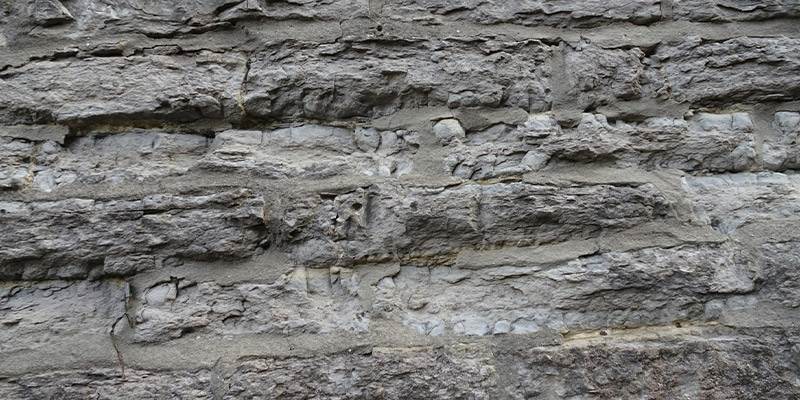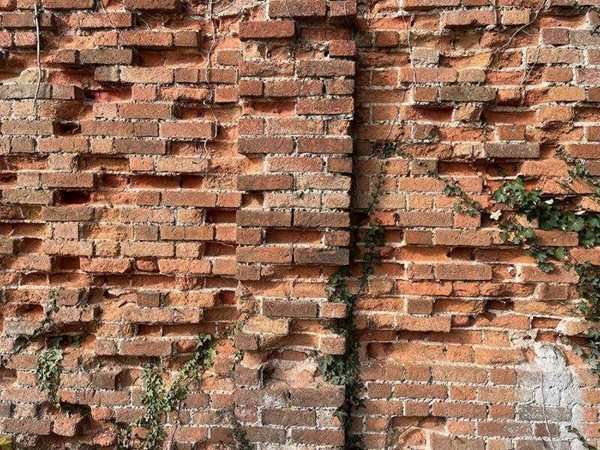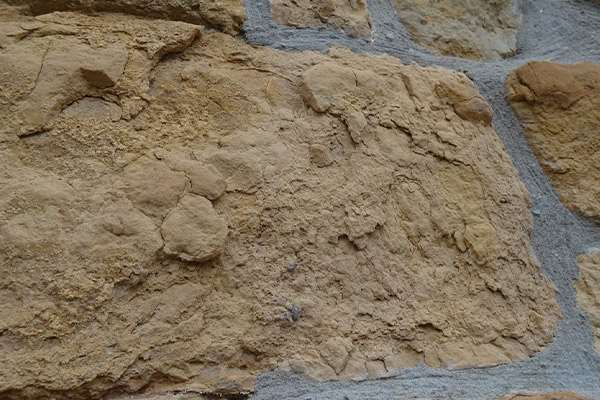Frost damage to masonry - Case Study
Project:
Building survey inspection
Location:
Bristol
In Brief:
Frost attack can occur to masonry walls in historic buildings due to a combination of factors including weather exposure and the use of cement mortar.
On historic buildings the mortar joint should be weaker and sacrificial to the masonry to enable moisture within the external wall to evaporate.
Cement mortar impedes evaporation due to being non-breathable and non-porous. As a result moisture contained within the masonry will freeze during the winter months and cause sections of the surface to crumble and detach over time (see photographs bottom right and below). The risk of frost attack is also increased to elevations that are more exposed to the weather.
Rather than cement, a lime mortar should be used when repointing masonry in historic buildings as it is a breathable and porous material, allowing moisture to evaporate.
Easton Bevins undertakes in-depth inspections of the masonry to establish its condition and the risk of future defects occurring due to inappropriately used materials. Obtaining professional advice on such matters can be critical to avoiding expensive repairs in the future.
View all case studies


